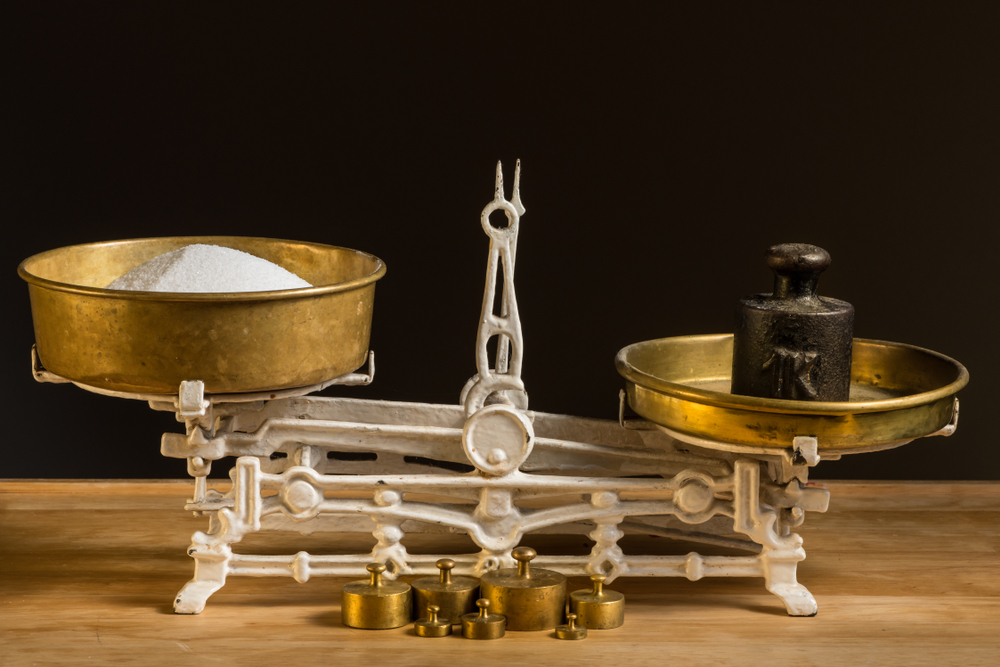Last month a planning law team I work with mentioned that they had received an instruction on the back of some coverage in Property Week, a leading trade magazine. While it’s always a boost to receive feedback of this kind, it got me thinking about the value of law firm media coverage and how to demonstrate it.
It’s an age-old problem; PR agencies have always struggled to measure the value of their services particularly in professional services where it is impossible to quantify the impact of a PR campaign with sales. Traditional methods such as comparing coverage with the equivalent value of advertising spend (EVA) can help put PR value into perspective but there’s no denying that an EVA figure could be widely off the mark. For example, my media monitoring service tells me that the coverage I secured in Property Week would cost £3,265 in advertising. I don’t know whether the resulting instruction will lead to the fees equivalent to this amount, less or even a lot more although I expect it will be the latter. Equally, we don’t know whether the coverage has led to other instructions which weren’t linked to back to the editorial. In contrast, if the coverage had been secured in The Times, the EVA would have been a whooping £16,645. This would look impressive but would coverage in The Times led to an instruction? Arguably not because it wouldn’t have necessarily been read by the right people.
Unsurprisingly, using EVA to demonstrate PR value is hotly debated. As well as being in my opinion, a rather futile measurement, it is also time-consuming to put together which is why I made the decision to stop including it in my monthly activity client reports some time ago.
Other PR measurements such as how much engagement a piece of coverage secures on social media or the spike in website traffic triggered by, say, a media interview can help evaluate the overall effectiveness of PR but, you need have the right resources in place to measure this.
While there is no easy way to measure the value of media coverage and while it should always be a case of prioritising quality over quantity, a PR consultant should be able to prove their worth simply be keeping track of the media coverage they secure and sharing it with their clients. Assuming that the coverage is in target titles that have been agreed, the coverage will impress and demonstrate value. And this is the key to PR success – PR must be aligned with the BD goals of the client because PR only works if the right media outlets are being targeted. It’s no good getting loads of great endorsements in a publication or on a podcast which isn’t relevant to the audience you are trying to talk to.
In the legal sector, the drive for top talent seems to be a continuing struggle for many firms. If this is your priority, regular coverage in the legal press will be the key to success. Conversely, for firms that wish to raise the profile of certain practice areas to make it easier to win work, regular coverage in leading trade titles will be the goal. By agreeing PR goals and ensuring that these are in alignment with BD plans, PR coverage will speak for itself and lead to business success.
How can I help?
Need some help with PR? Feel free to drop me an email to arrange a 30 minute complimentary call or take a look at some of the packages I offer law firms, accountancy practices and other b2b businesses.
Recent Posts
Repurposing your law firm content: how to squeeze every ounce of your efforts
How to write a successful thought leadership blog
How to build and maintain long-term relationships with your clients
Five ways AI can help you with your law firm marketing and what not to do
